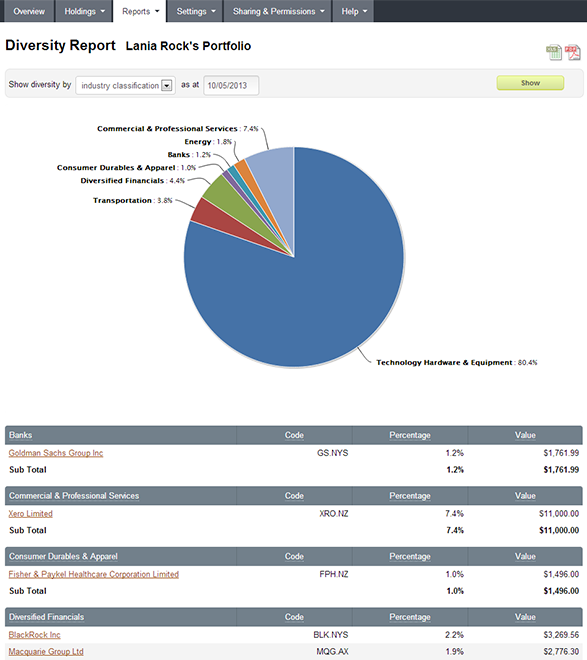8 Types of Advanced Options to Help Diversify Your Portfolio
Post on: 14 Июнь, 2015 No Comment

Covered call. A call option is sold in a stock already owned by the writer. This is an attempt to take advantage of a neutral or declining stock. If the option expires unexercised, the writer keeps the premium. If the holder exercises the option, the stock must be delivered, but, because the writer already owns the stock, risk is limited. This is the opposite of an uncovered call, when the writer sells a call for a stock that he does not already own, a very dangerous strategy with unlimited risk.
Married put. A put option is purchased on a stock owned by the writer. The strategy is an insurance policy that protects against a decline in the price of the underlying stock. If the price declines, the stock can be sold at the higher price any time before expiration. Of course, if the stock price remains neutral or increases, the option is worthless and the premium is lost.
Synthetic put. A call option is purchased in a stock that the holder is already short on. The holder is able to protect against an increase in the price of the underlying stock.
Spreads and Straddles
A spread is made up of two or more options in the same stock where either the strike price, the expiration date or both are different. Spreads can limit or alter risk while returning a profit when the gains from one or more option offset the losses from the rest.
A straddle provides the opportunity to profit from a prediction about the future volatility of the market. Long straddles are used to profit from high volatility. Such a straddle can be effective when an investor is confident that a stock price will change dramatically, but cannot predict the direction of the move. Short straddles represent the opposite prediction that a stock price will not change.
Warrants
A warrant is a certificate, usually issued along with a bond or preferred stock, entitling the holder to buy a specific amount of securities at a specific price, usually above the current market price at the time of issuance. Expirations range anywhere from a few years to forever. The warrant may be sold separately from the underlying security. It increases in value as the price of the underlying stock rises.
LEAPs
LEAPs is an acronym for Long-term Equity AnticiPation Securities. LEAPs are very similar to standard options except for the fact that they expire much further in the future. They can be safer than traditional options because it is somewhat easier to predict stock movement over longer periods. Like options, they allow an investor to lock in a fixed price for the underlying security. Therefore, like options, they can be effective for both leverage and insurance purposes. Expiration generally occurs 36 months after purchase, and LEAPs are American style, so they can be exercised at any time before expiration. Strike prices usually range around 25% above or below the price of the underlying stock when the LEAP is first offered.














